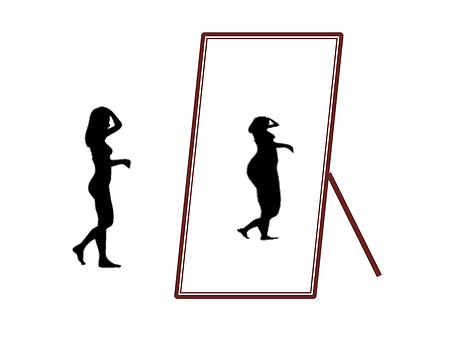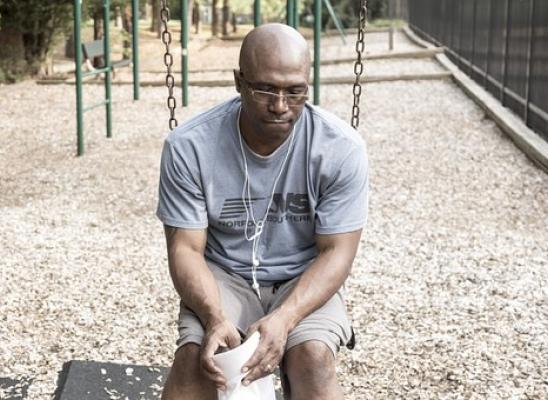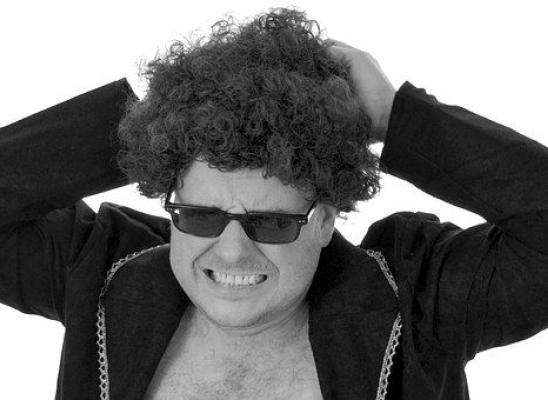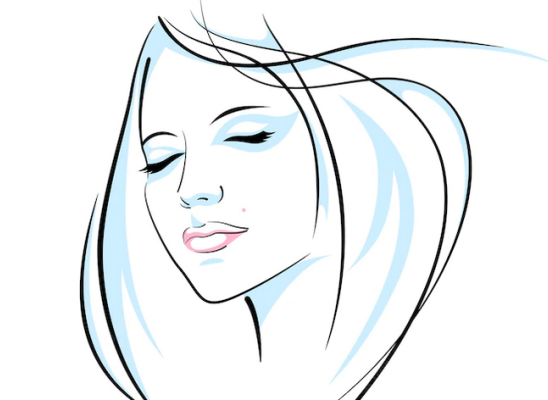Are Anorexia and Trichotillomania Connected?

Online test
Find out the severity of your symptoms with this free online test
Two mental health disorders that gain attention, especially among young teenaged girls, are anorexia and trichotillomania. While these are first noticed most often in teenage girls, either or both can be experienced by anyone, male or female, at nearly any age. Traditionally, anorexia was experienced more my girls, but an increasing number of young men are now being recognized. Trichotillomania affects both boys and girls equally when they are young, but for those who don't get treatment and continue into adulthood, the majority is women. What are these two disorders and are they in some way connected? Few studies have been done addressing this issue, but what is available may help in the treating of both disorders. In this article, we will explore the two disorders, seek any connections and discuss treatment.
Defining the Disorders
Starting with the diagnosis, we see that trichotillomania is listed under obsessive-compulsive and related disorders and anorexia is listed under the category of eating disorder. This doesn't tell us much so we need to explore the symptoms of each disorder further to see if there is a connection.
Anorexia is characterized by an individual starving or exercising to the extreme. This is done because the individual views their body as being fat. They do not see their actual image in a mirror but instead have a distorted picture that convinces them they need to lose weight. The need to become thinner is an obsession for the individual and any attempts of others to control the behavior causes great anxiety. Many individuals who suffer from anorexia are perfectionists. They have a strong need for what they perceive as perfection. Another common factor is the need to feel in control. They may feel that the world around them is something confusing and they are helpless. By remaining in control of what they eat and how much they exercise, they have a greater feeling of control over a part of their environment. Eating disorders are mainly a skewed perception and an obsessive need to be perfect.
Trichotillomania is characterized by the pulling out of hair. Normally, the hair involved is on the individual's head, but it may also involve hair on arms and legs or in the genital area. The individual becomes anxious and pulls out hair, which in turn relieves the anxiety for a time. Trying to stop the behavior becomes a source of increased anxiety in the individual and they can't control the compulsion. Often, the inability to control the hair-pulling results in even greater anxiety, especially in individuals who end up with bald patches on their heads.
From this, we can see that the two disorders share two main traits. They both involve an internal conflict and they both contain a measure of obsessive-compulsive behavior. The few studies that have been done show that there are individuals that suffer from both disorders, but the number is low. The question then is whether or not there is something that differs in that approximately six percent that can possibly account for both disorders.
Co-Morbidity
Those with anorexia and trichotillomania often have other mental disorders. This is called co-morbidity. With anorexia, the most common  co-morbid disorders are OCD, impulse control disorders and anxiety. Those who suffer trichotillomania often also suffer from an anxiety disorder. At one point, it was categorized as an impulse-control disorder and now is under the heading of OCD,
co-morbid disorders are OCD, impulse control disorders and anxiety. Those who suffer trichotillomania often also suffer from an anxiety disorder. At one point, it was categorized as an impulse-control disorder and now is under the heading of OCD,
This is where the two disorders may come into being present in the same individual. When they do occur together, they both normally begin within three years of each other, although there is no indication of either being the prevalent one to start. What this says is that the two disorders are not dependent upon each other and are likely to be caused by factors that are not related to either disorder.
Because there have been so few studies that directly compare the two disorders, it is possible a closer connection will eventually be discovered. The similarities of anxiety and OCD-like symptoms indicates that the same area of the brain may be involved in both disorders. The fact that trichotillomania was re-categorized by the current DSM from an impulse disorder to an OCD disorder, and anorexia involves a strong compulsion, it may eventually be found that both are along the OCD spectrum. This possibility is increased by the knowledge that both disorders respond best to the same type of treatment, Cognitive Behavioral Therapy, or CBT.
Cognitive Behavioral Therapy
The term cognitive refers to thoughts and behavioral refers to actions. This means that CBT is a type of therapy that works on changing a person's thoughts in order to change behaviors. When necessary, a person is taught to find more appropriate actions to relieve the inappropriate thoughts. It has been shown that this type of therapy actually changes the brain structure over time, making it easier to achieve lasting results in the treatment of many disorders, including anorexia and trichotillomania.
Anorexia is created when thoughts of imperfection lead to the action of starving in order to reach that perceived state. During CBT, the therapist works with the individual in order to find the cause of this need for perfection. The person suffering from anorexia is taught to change their thinking and realize that perfection is not necessary. Instead of starving to reach a point that is impossible to reach, the therapist helps the individual pinpoint what goal the individual feels perfection will achieve and then they work together on ways to reach that goal that are healthy.
Trichotillomania results from anxiety and the individual tries to release that anxiety by pulling out their hair. The therapist helps to find out where that original anxiety comes from. Once that is found, work can begin on learning that the situation does not have to cause anxiety. In most cases, the anxiety is created by the fear of not performing as expected during a certain situation. Thought processes regarding the perceived failure are changed over time and the individual learns how to lessen anxiety in a more productive manner.
Final Words
While the connection between anorexia and trichotillomania has not been conclusively established, the most effective treatment method for both has been determined to be the same. As we learn more, we may be able to better predict, and possibly prevent, both disorders. For now, however, achieving effective, long-lasting healing of both disorders is possible with Cognitive-Behavioral Therapy.
Source
http://www.dsm5.org/Research/Documents/Stein_Trich.pdf
https://www.beckinstitute.org/get-informed/what-is-cognitive-therapy/
Online test
Find out the severity of your symptoms with this free online test
Start your journey with TrichStop
Take control of your life and find freedom from hair pulling through professional therapy and evidence-based behavioral techniques.
Start Now



